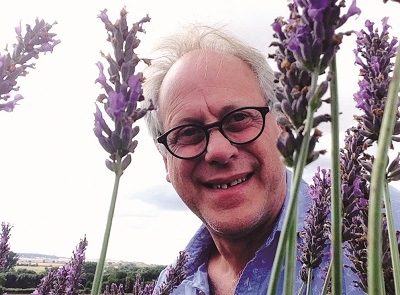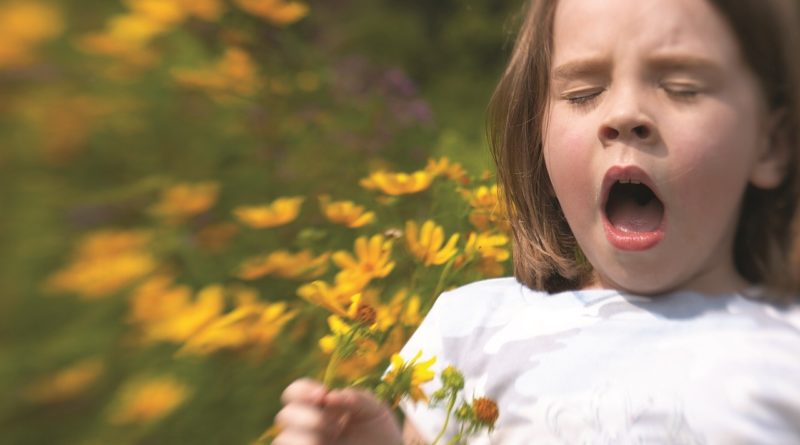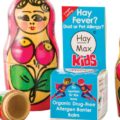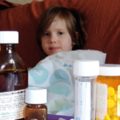Coping with Your Child’s Hay Fever
It is estimated that around a third of children in the UK are affected by hay fever – resulting in itchy eyes, runny nose, sneezing and general exhaustion. Authority on airborne allergens and inventor of HayMax allergen barrier balm, Max Wiseberg offers parents some handy advice for the little hay fever sufferers in your family.

Much has changed since I was a child with hay fever, some of it, including the range and effectiveness of natural treatments available, very much for the better. But not all: both the proportion of people in the general population suffering from allergies, and the proportion of sufferers who are children, have increased. Of course, one thing hasn’t changed: the misery it brings – for the child who suffers, and the parent who suffers with the child.
So what can parents do to help their family manage their hay fever symptoms using natural options? Quite a lot, fortunately. Here are some practical ideas to help. As with many other things, prevention is better than cure!
Make an organic allergen barrier balm part of the daytime and bedtime routine. Apply immediately after washing/showering first thing in the morning and before going to bed. Pop a pot in your daytime bag and leave a pot by the bed so it can be re-applied as needed.
Change children’s clothes daily and after they’ve been playing outside and wash children’s face and hair after periods spent outdoors. Pollen sticks to clothing, skin and hair so symptoms can continue even when indoors. Washing or showering will remove any pollen remaining on the skin and hair.
Encourage your child to wear wraparound sunglasses. This creates a protective layer between their eyes and the pollen-laden atmosphere, and can reduce symptoms considerably. It also relaxes their eyes, which in turn relaxes them. And it’s cool!
Wash bedding frequently. Pollen grains come indoors borne on the air and stick to bedding, so frequent washing, covering the bed with a sheet which is carefully folded and stored away from the bed during the night, before they get into bed, and turning pillows just before they get in, can all help reduce symptoms.
Limit exposure to pollen during peak periods. Pollen is released early in the morning and travels upwards as the air warms up. In the evening, as the air cools, it moves back down again. Symptoms are usually worst during the early morning and evening, when the pollen grains reach nose height, so try to keep children indoors at these times.”
Take your child to the GP, to get a proper diagnosis. If the symptoms occur only in high summer on hot, sunny days, it’s almost certainly hay fever. But it could be any of a number of other allergies and treatment might differ in each case.
And of course the same applies to parents with hay fever too. Apply your organic allergen barrier balm regularly, change your clothes, wash or shower when returning home, wear wraparound sunglasses, wash your bedding frequently and stay indoors during peak pollen times.





